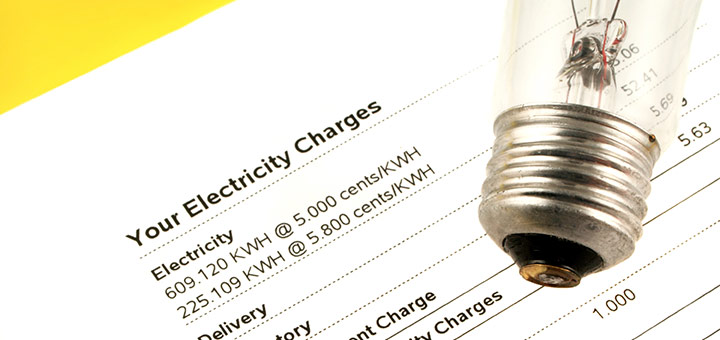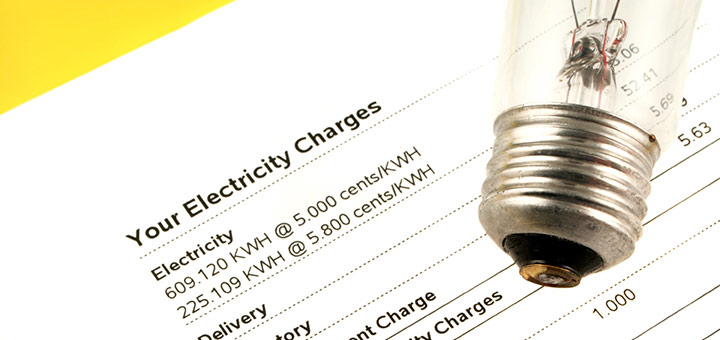
When it comes to dissecting your energy bill, there are two very different fees that you will see: supply rates and delivery rates. Both of these rates are standard components of your electricity bill, but cover two very different things.
Supply charges cover the actually energy itself. Meanwhile, the delivery charges cover the infrastructure used to transfer the energy from its original source to your home.
Most bills will be easily broken down into a supply portion and a delivery portion. Understanding these two areas of your bill can help you be a better informed and more competent energy consumer.
Supply Services
The Supply Services portion of your energy bills covers the part of your electricity service that you are able to shop for. When you browse through different available energy plans, find a supplier that you trust and you lock in an energy rate you are paying to access a supply of energy.
Your agreed upon rate (in kWh) will appear on this section of the bill. The supply services portion of your bill will include your kWh rate along with the amount of energy that you used during your billing period.
Whether you have agreed upon a fixed rate or variable rate, the amount you paid based on consumption will appear in this portion of your bill. States that have renewable energy laws in place will likely also charge a small flat fee in this section to cover the costs of their green energy initiatives.
If you have power supply cost recovery credits or credits from your individual supplier they will be included in the supply services portion of your bill.
Delivery Costs
The delivery fees for your bill cover the cost it takes to send your energy to you. However, there are several different components that make up your delivery rate.
Distribution Rate – The distribution rate is the fee that covers the actual deliver of the electricity your door through the local power lines. This charge also encompasses the fees covered in metering, billing and customer service. If you are an energy consumer from a private supplier, then that company does have the right to seek to increase its distribution rate.
Transition Rate – This charge is typically a fixed amount and it covers the financing that utilities need to invest in building power-generating facilities. Not all states will have this rate included in the bill. Several deregulated states enacted an electric restructuring act after deregulation became legal. These rates allow the companies to recover the costs they had to pay when restructuring to meet these legal requirements.
Transmission Rate – Each energy supplier pays a certain rate to cover the cost of delivering electricity over high-voltage lines. These are the lines that transport the energy from the actual power-generating facilities to the distribution center. These rates are actually governed by the Federal Energy Regulatory Commission, not the individual supplier.
Other surcharges and administrative fees may also appear in this area of the bill. These fees will differ from state to state and company to company. If there is ever a fee that states ?other surcharges? the company is required to describe those charges directly on the bill.
As an energy consumer it can be easy to be focused entirely on what your kWh cost is as a customer. However, if you take a closer look at your energy bill, you will see there is much more to the energy bill than that individual rate. Understanding these rates, what they mean and what they entail will help you be more prepared to budget for your monthly residential energy costs



